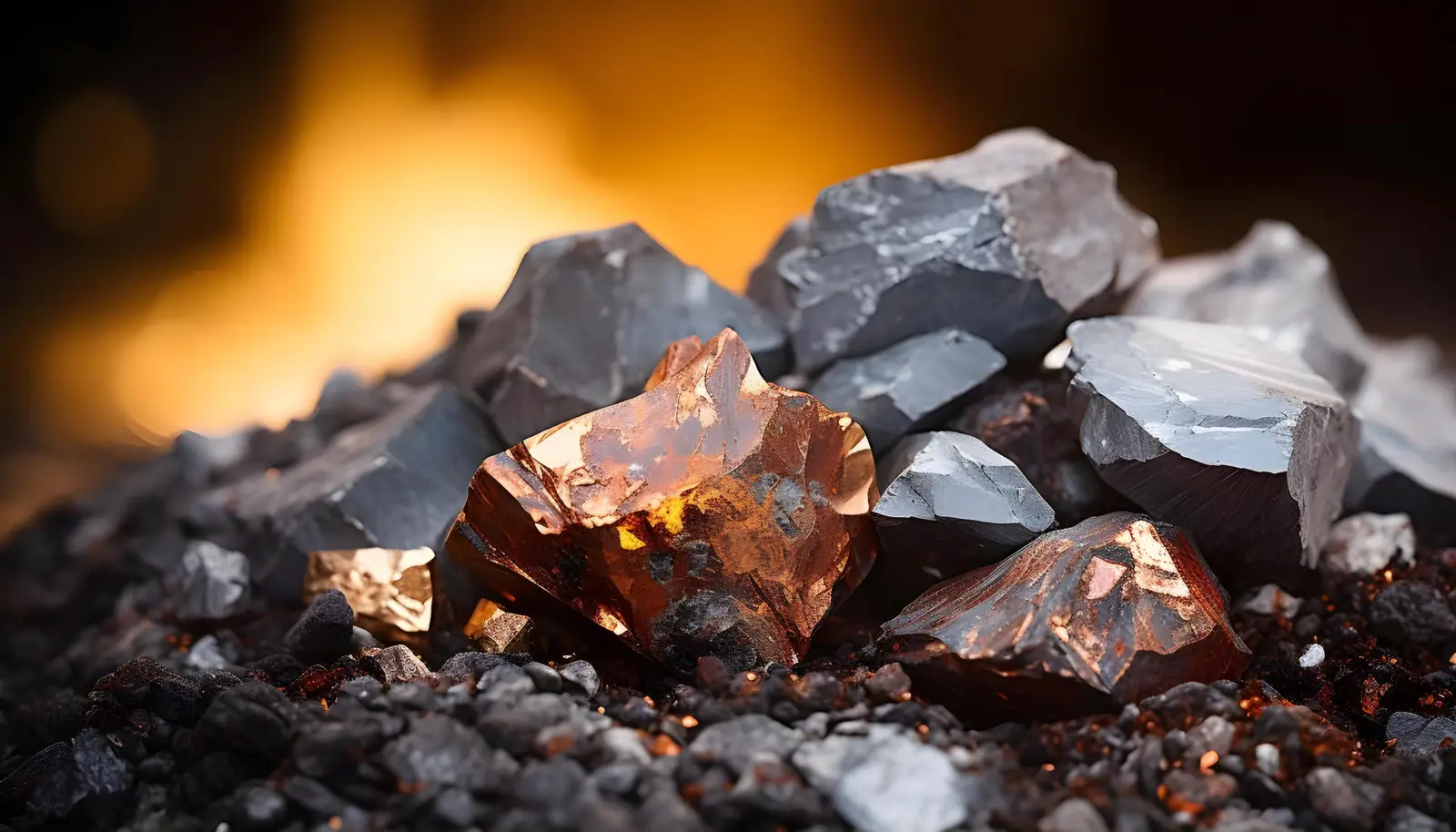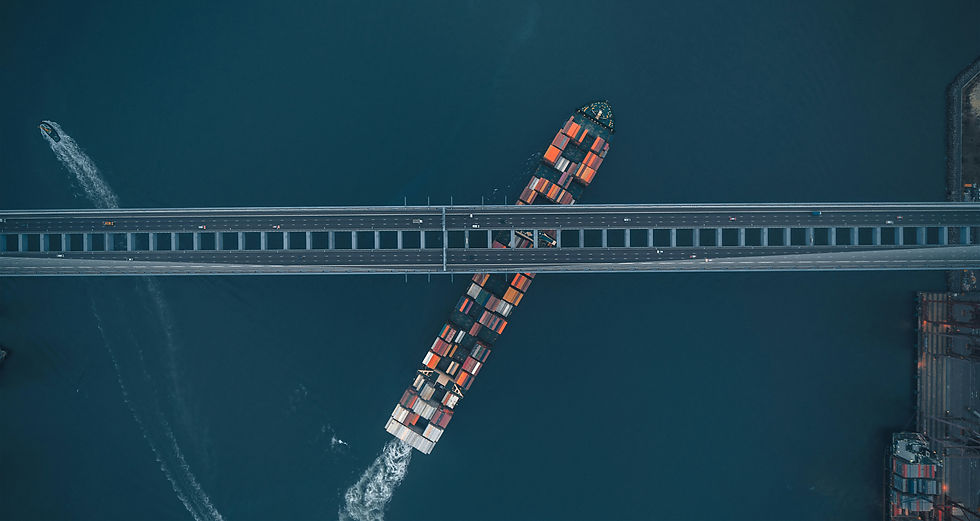My change of perspective: Europe's lesson from China's rare earth success
- Erik Esly
- Sept. 29.
- 4 min. reading time
Executive Summary
Learning curve in fast motionChina has translated European impulses into speed, vertical integration and scaling - and established an independent industrial and technological position
REE as a blueprint: For Rare Earth Elements (REE), China controls ~69% mining, 85-90% processing and >90% of NdFeB magnet production; Europe is heavily dependent on processing/recycling

Relevance for key industries: Electromobility, wind energy, robotics and electronics are driving demand; an EV requires approx. 1-2.5 kg of NdFeB magnets, an offshore turbine several hundred kilograms
European framework: The CRMA aims for 10% extraction, 40% processing, 25% recycling and ≤65% dependence on a third country by 2030 - ambitious, but achievable with faster approvals, integration and market development
Implementation mode: Europe needs faster decisions and reliable offtake contracts - long-term purchase agreements that give producers planning security. Together with Mining 4.0 and digital excellence, resilience is strengthened
From the IAA to Chengdu - learning in cycles
When I 26 years ago when I started my career at Mannesmann Sachs AG (now ZF Friedrichshafen AG) 26 years ago, the steps were small at first - such as benchmarking vehicles at the IAA, back then still in Frankfurtas part of the learning process for new technologies.
Even back then, Asian, and in particular Chinese automobile manufacturers great interest in adopting the outstanding European quality standards and innovation approaches and gradually integrating them into their own development. This mutual inspiration formed the basis of a lively lively competitionthat has shaped the automotive industry ever faster worldwide.
Today, Chinese industry as a whole is characterized by consistent vertical integration, rapid scaling and technologically supported process innovations.
My impressions from a recent visit to ChinaChengdu confirm this: high industrial output, clear design language, high manufacturing quality and strong software innovation. strong software innovation in local car brands. At the same time, European premium brands are still seen as a luxury in China. luxury - synonymous with quality and design.
Both regions therefore have different strength profiles: China scores with operational excellence, close coordination between government and industry and speed; Europe with precision, quality and the trust it has built up over decades.
Against this background, the example of rare earths how closely opposing strengths are linked to strategic dependencies - and the challenges this poses for Europe. the challenges this poses for Europe. this means for Europe.
Rare earths as an example of strategic dependencies
Global concentration
Mining: China ~69% of global production
Processing/separation: ~85-90% of capacity in China
NdFeB magnet production: >90% in China (neodymium-iron-boron)
Demand drivers and input volumes
Main drivers: electromobility, wind energy, robotics/automation, electronics
Application: EV with permanent magnet motor approx. 1-2.5 kg NdFeB magnets; offshore wind turbine several hundred kilograms
Trend: Magnet applications are growing dynamically; bottlenecks are mainly in separation and metallization, central for electric motors, sensors and medical technology

European situation
Die EU verarbeitet aktuell <1%, recycelt <1% und ist zu über 90% importabhängig. China dominiert mit ca. 70% Förderung und 90% Verarbeitung weltweite Seltene-Erden-Märkte. USA haben 6% Reserven, 15% Förderung, 21% Recycling; Australien 4% Reserven, 20% Förderung, <1% Recycling
Regulatory framework: The EU Critical Raw Materials Act (CRMA) sets targets for 2030 - 10% extraction, 40% processing, 25% recycling, ≤65% dependence on a third country
Scaled European production capacities are realistic from 2030 at the earliestfrom around then LKAB in Sweden will be able to produce in the long term. Processing capacities will grow with pilot plants in France and Poland by 2027-2030. Recycling plants such as Heraeus Remloy in Germany are already starting up, and expansion to significant volumes is expected by 2030. Permits, infrastructure and environmental regulations will extend development times to 10-15 years. Until then, recycling, innovation and international partnerships, especially with China, are essential
How Europe can learn from the Chinese success model
China controls rare earth mining and processing so dominantly because it systematically implements speed, vertical integration and market control as strategic principles. Europe can learn from this, speed up approval procedures in a binding mannerfor example, by introducing binding deadlines and "one-stop" contact points to reduce bureaucratic hurdles.
In addition, projects in China are bundled in clusters, the entire value chain from raw material extraction, processing and metallurgy to magnet production. Europe is pursuing similar goals with the Critical Raw Materials Act (CRMA), but faces the challenge of implementing them more quickly in practice.
Binding, multi-year offtake agreements with OEMs create investment security and production volumes in China. Europe is currently expanding such partnerships in order to scale capacities more efficiently and reduce costs. reduce costs.
Digitalization and data-driven process control ("Mining 4.0") are driving efficiency and sustainability in China. Europe should increasingly promote innovation and cooperation in these areas in order to catch up with its dominant competitive position.
For Europe, the independent securing of critical raw materials is essential for Europe to be able to develop and operate future technologies independently - this is the only way to ensure technological sovereignty and competitiveness in the long term.
Resilience through focus, speed and digital appeal
Global cycles are shifting - not just in REE, but along many industrial and digital value chains. Europe's task is to combine precision, quality and sustainability with speed, scaling and digital excellence.
This means prioritizing, securing capacities early and sufficiently, reducing regulatory friction - and making ecosystems between industry, research and capital fit for the market. This creates resilience that goes beyond individual raw material issues - and secures Europe's role as a leading industrial and digital location in the next cycle.
Speed is the best strategy in this case.
FAQ
What does REE mean? Rare Earth Elements - 15 lanthanides plus scandium and yttrium; important for high-performance magnets (NdFeB), catalysts and electronics, among other things
What are NdFeB magnets? Neodymium-iron-boron magnets with high energy density; key components in electric drives, wind turbine generators, robotics and electronics
Why are offtake contracts important? They ensure predictability for producers (bankability) and security of supply for buyers (OEMs, Tier 1). Typical: multi-year terms, price formulas, quality criteria
Glossary
REE: Rare Earth Elements - Rare earths
EV: Electric Vehicle
NdFeB: Neodymium-iron-boron magnets, very strong permanent magnets
CRMA: EU Critical Raw Materials Act - EU framework for critical raw materials
LKAB: Luossavaara-Kiirunavaara Aktiebolag is a Swedish state-owned mining company
Offtake contract: Long-term purchase agreement with defined quantities/prices
PCF: Product Carbon Footprint - CO2e footprint of a product
References & resources on the topic
EU documents on the Critical Raw Materials Act (CRMA)
Interesting article on the subject of rare earths/REE
Europe's rare earth/REE deposits






Comments